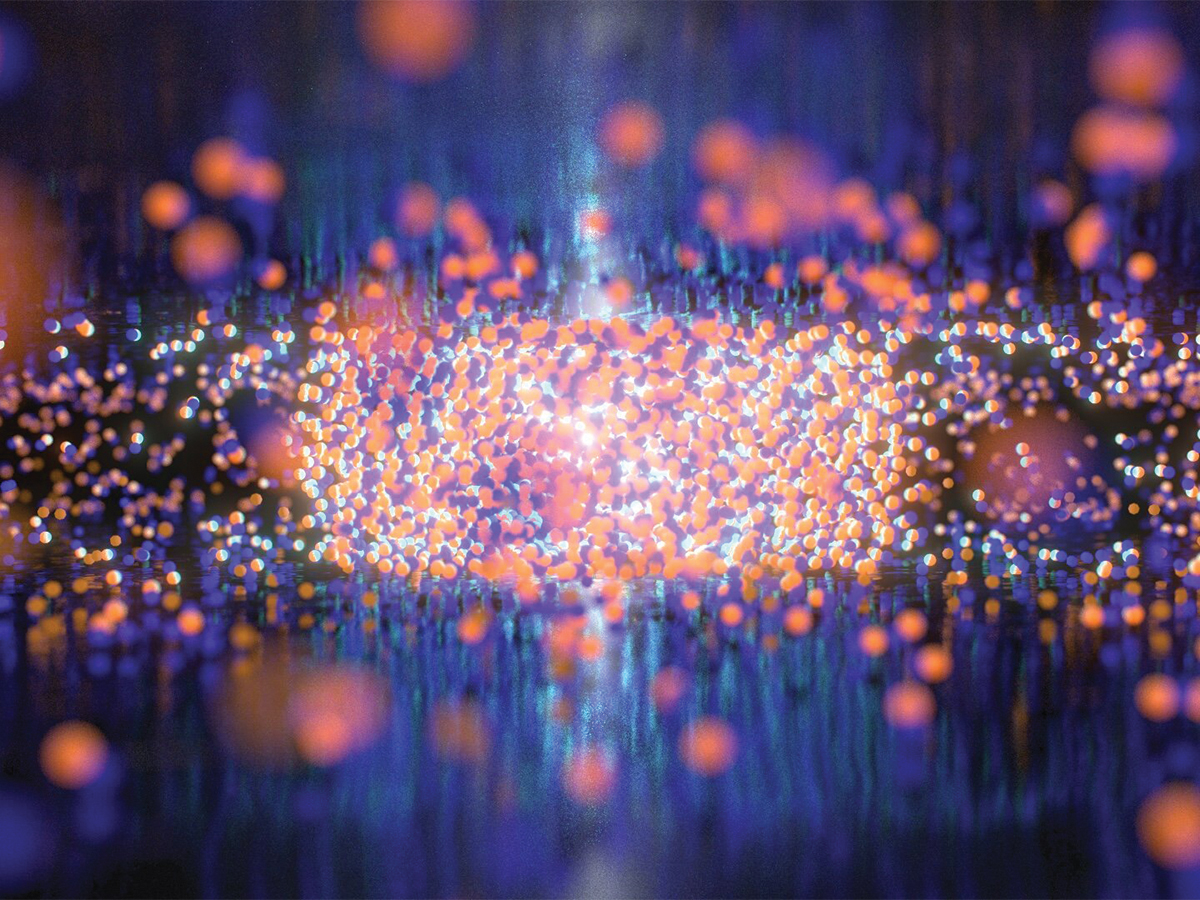A research team assembled by UCR Associate Professor of Physics, Nathaniel Gabor, made a discovery after successfully creating the first “electron liquid” at room temperature. According to the ScienceDaily article “Physicists create exotic electron liquid,” the discovery allows scientists to pursue new opportunities developing technologies as diverse as cancer detection, outer space communication and weapons defense due to the electron liquid’s ability to generate and detect light at terahertz (submillimeter radiation at extremely high frequency) wavelengths.
According to graduate assistant Trevor Arp, terahertz technology has a diverse array of applicable uses. “In particular, it could lead to new infrared telescopes, or instruments for planetary exploration, such as the Mars Terahertz Microsatellite project,” said Arp. “Additionally, nanotechnology is being explored for a variety of diagnostic and treatment protocols which may one day involve terahertz technology, and infrared detectors could be used for night vision or satellites.”
The electron hole liquid research shows that strongly-interacting electrons can be produced at room temperatures in quantum metamaterials. This discovery could potentially serve as the foundation for more research in this area, as strongly interacting electrons are a completely new subject that has previously been limited by the fact that they could only be seen at very low temperatures.
“Viewing any nanotechnology up close is impossible, and fundamentally these things are interesting because they are extremely small in some dimension, in the case of 2D material being atomically thin,” Arp explained. “Human senses and intuition are not well suited for things that size, and this is part of what makes this research so challenging and also so exciting.”
To conduct the experiment, the team utilized a 5 megawatt (mW) laser to see the electron hole liquid, which is not much more powerful than a standard laser pointer. Part of the experiment was the constant struggle to focus the energy down to a spot with diameter of less than two micrometers (a hundredth of the width of a human hair). The team also used a pulsed laser, which concentrates the energy within a timeframe. Instead of continuously shining light, the laser releases a pulse of energy that is 150 femtoseconds long (150 quadrillionths of a second long) and does this 86 million times per second.
“Our experiment sustained the electron hole liquid for, at most, approximately 30 picoseconds (30 trillionths of a second),” said Arp. “However, thanks to our ultrafast optics, it was sufficient. We are still trying to figure out the viscosity or surface tension of the liquid and whether or not it can be produced in materials other than Molybdenum ditelluride (MoTe2). This discovery is just the beginning of research into the electron hole liquid in 2D heterostructures.”
The physics labs on campus, located in the Materials Science and Engineering Building, are open to students wishing to contribute to future research on this topic or other experiments that are currently being conducted.








